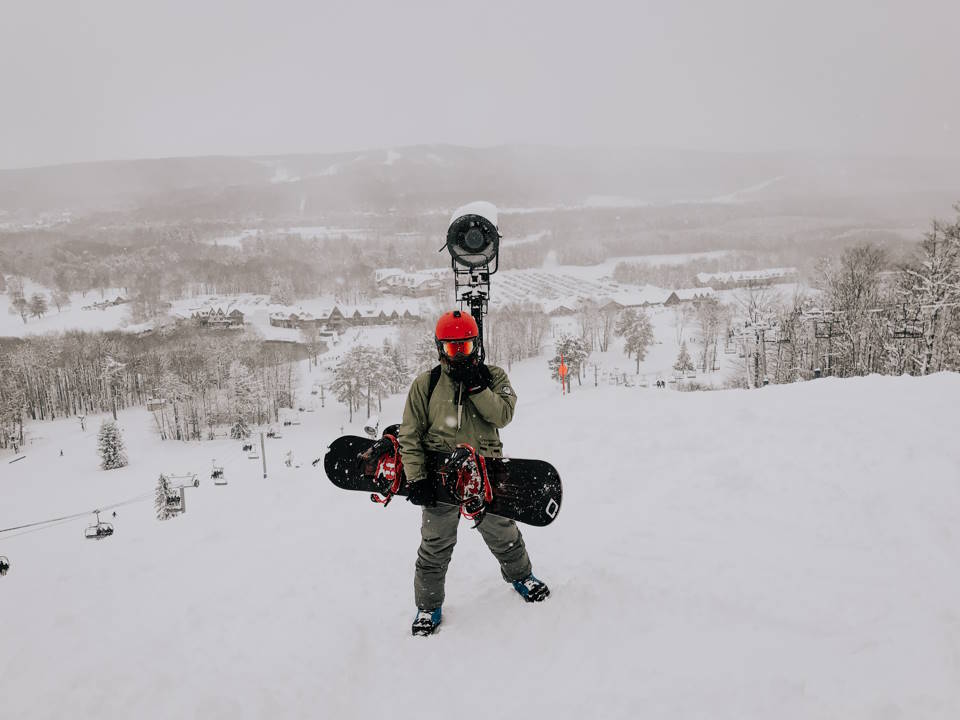Are you ready to take your snowboarding to the next level? Whether you’re a seasoned rider or just starting out, choosing the right snowboard can make all the difference in your riding experience. In this blog post, we’ll cover everything you need to know about selecting the perfect snowboard for your individual riding style. From understanding your riding style to choosing the right board length, selecting the appropriate flex rating, and comparing camber vs. rocker profiles, we’ve got you covered. With the right knowledge, you’ll be shredding the slopes in style in no time. Let’s get started!
Understanding Your Riding Style
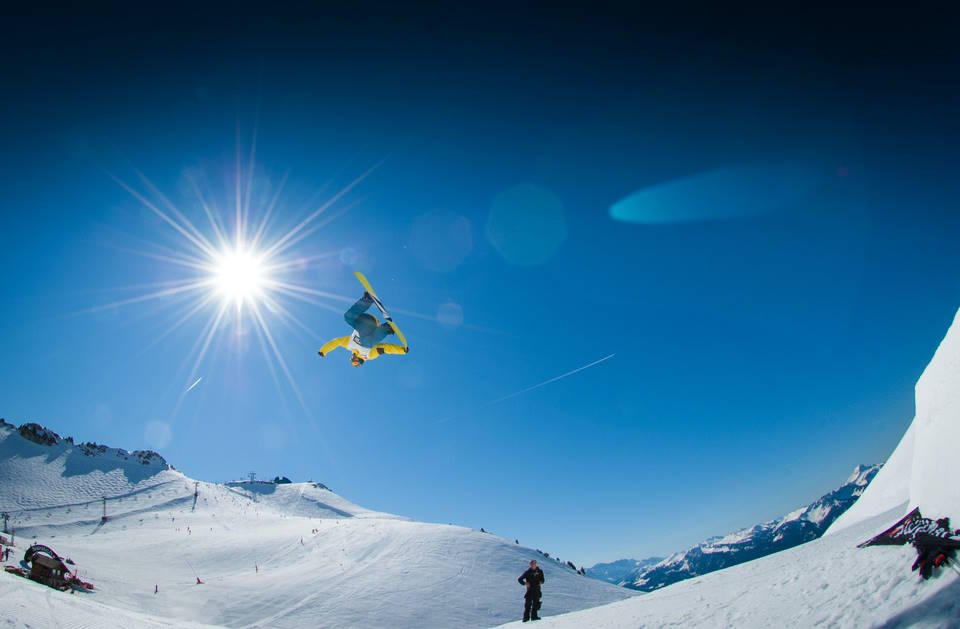
Riding a snowboard is a thrilling experience that provides a sense of freedom and adventure. Whether you are a seasoned snowboarder or just starting out, understanding your riding style is essential for choosing the right equipment and maximizing your enjoyment on the slopes. Your riding style not only affects the type of terrain and tricks you prefer, but also determines the type of snowboard that suits you best. In this blog post, we will explore different riding styles and help you identify which one aligns with your preferences.
Before we delve into the intricacies of different riding styles, let’s take a moment to appreciate the wonders of snowboarding. There’s just something magical about gliding down a snow-covered mountain with the crisp winter air filling your lungs. It’s a unique adrenaline rush that ignites a passion within snowboarders and keeps them coming back for more.
Now that we have momentarily transported ourselves to a winter wonderland, let’s get back to understanding the various riding styles. One of the most popular styles is freestyle, which involves performing tricks and jumps on various terrain features, such as ramps, boxes, and rails. Freestyle riders are often seen seeking out terrain parks and halfpipes, as they love the creativity and flexibility that these environments offer.
- Another common riding style is all-mountain, where riders enjoy exploring the entire mountain and are comfortable on any terrain. These versatile individuals appreciate the challenge of tackling steep slopes, carving through fresh powder, and gliding effortlessly on groomed trails. All-mountain riders value adaptability and are open to trying different tricks and techniques in various conditions.
- On the other hand, some riders prefer the thrill of going at high speeds and carving wide turns on groomed trails. This style is known as carving and is often associated with more experienced riders. Carvers revel in the sensation of laying deep, clean tracks in the snow and experiencing the exhilaration of precision and control.
- Finally, we have the powder enthusiasts, also known as backcountry riders. These adventurers seek out untouched snow in remote areas and relish the freedom of exploring off-piste terrain. Backcountry riders enjoy the challenge of navigating through deep powder and discovering the hidden gems of the mountain.
Now that you have gained a basic understanding of these riding styles, it’s time to determine which one resonates with you the most. Think about your personal preferences, the types of terrain you enjoy riding on, and the sensations that excite you the most. Remember, your riding style is unique to you, and there’s no right or wrong choice. Embrace the style that brings you joy and allows you to express yourself on your snowboard.
| Riding Style | Preferred Terrain | Key Characteristics |
|---|---|---|
| Freestyle | Terrain parks, halfpipes | Trick-oriented, creative, flexible |
| All-Mountain | Any terrain | Versatile, adaptable, open-minded |
| Carving | Groomed trails | High-speed, precision, control |
| Backcountry | Off-piste terrain | Exploratory, adventurous, remote |
Understanding your riding style is the first step towards enhancing your snowboarding experience. It allows you to make informed decisions when selecting snowboards, bindings, and other equipment that caters to your specific needs and preferences. So, embrace your style, hit the slopes, and let the mountain guide you towards unforgettable moments of joy and exhilaration!
Choosing The Right Board Length
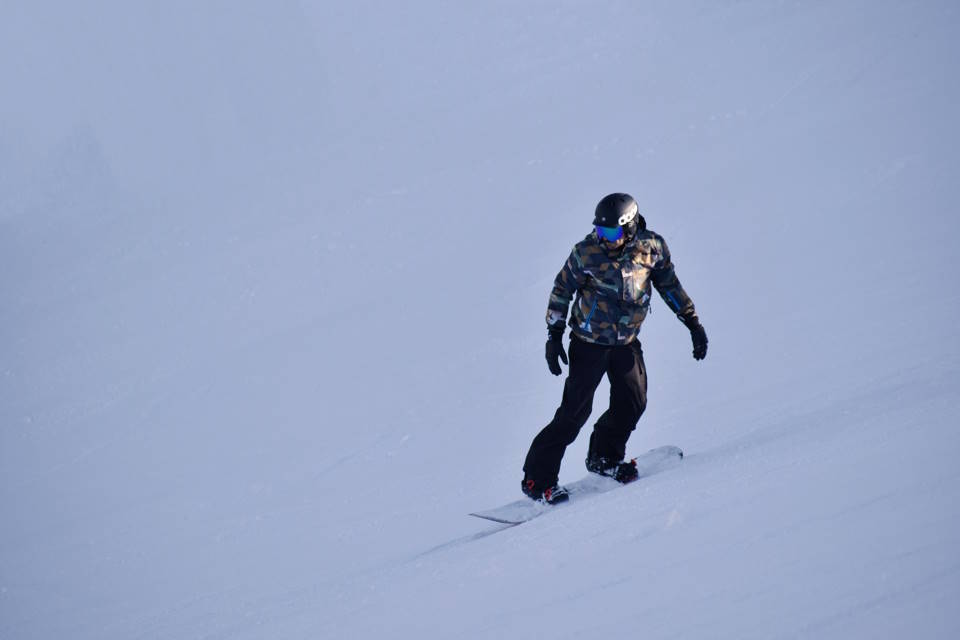
When it comes to snowboarding, choosing the right board length is crucial for a memorable ride on the slopes. Do you prefer cruising down the mountain at high speeds or are you more interested in mastering tricks and jumps? The answer to this question, along with factors like your height, weight, and ability level, will play a significant role in determining the ideal board length for your snowboarding adventures.
For riders who enjoy cruising and carving up the mountain, a longer board length is typically recommended. A longer board provides stability and better control, making it easier to maintain speed and navigate through various terrains. The extra length also helps to distribute your weight more evenly, allowing for smoother turns and a more enjoyable ride.
On the other hand, if you’re more interested in performing freestyle tricks and jumps, a shorter board length may be more suitable. A shorter board offers increased maneuverability and allows riders to spin and flip with ease. It also provides a lighter and more responsive feel, perfect for riders looking to take their skills to the next level in the terrain park.
- Consider your height and weight:
When determining the right board length, it’s essential to take your height and weight into consideration. Generally, taller and heavier riders would benefit from a longer board, while shorter and lighter riders may find a shorter board more manageable. However, it’s important to remember that personal preference and riding style play a significant role in the decision-making process.
- Evaluating your ability level:
If you’re a beginner or an intermediate rider, it’s advisable to choose a board length that falls within your recommended range. A longer board may be more challenging to maneuver for beginners, while a shorter board could hinder your progress if you’re aiming to improve your skills. Advanced riders, on the other hand, may have more flexibility in choosing their board length, as they have already developed the necessary techniques and control for different types of boards.
| Height (in feet/inches) | Weight (in pounds) | Ideal Board Length (in centimeters) |
|---|---|---|
| 4’10” – 5’2″ | 90 – 120 | 137 – 147 |
| 5’3″ – 5’6″ | 110 – 140 | 143 – 149 |
| 5’7″ – 5’10” | 130 – 160 | 148 – 152 |
| 5’11” – 6’2″ | 150 – 190 | 151 – 156 |
| 6’3″ and above | 180 – 220 | 154 – 160 |
Selecting The Appropriate Flex Rating
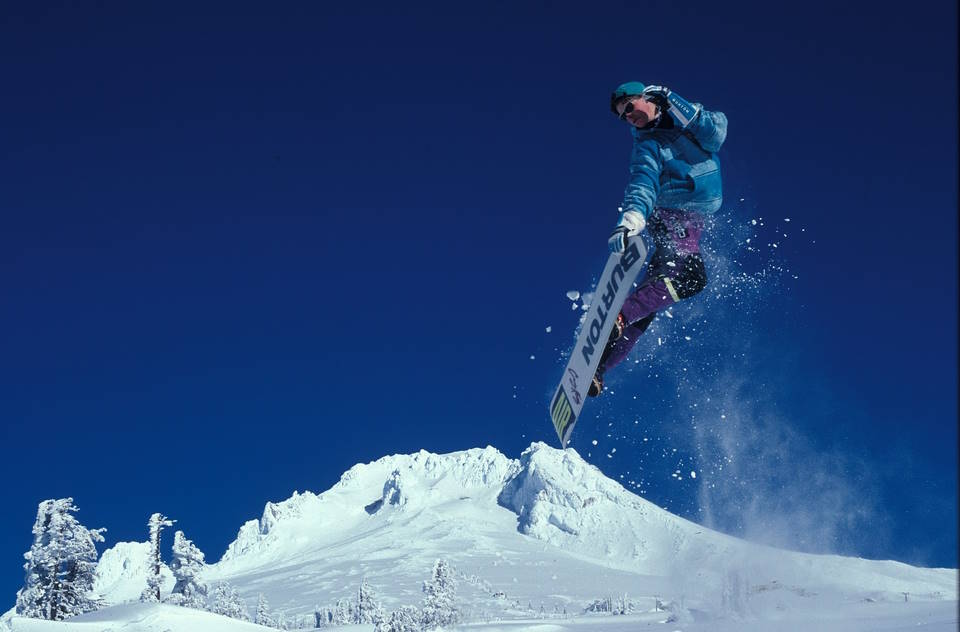
When it comes to snowboarding, there are many factors to consider in order to have the best riding experience possible. One important aspect that often gets overlooked is the flex rating of the snowboard. The flex rating refers to how stiff or soft a snowboard is, and it plays a crucial role in determining how the board performs on different terrain and in various riding styles.
The flex rating of a snowboard is typically indicated on a scale of 1 to 10, with 1 being the softest and 10 being the stiffest. Understanding your own riding style is essential in selecting the appropriate flex rating. If you enjoy riding with a lot of finesse and prefer a playful and forgiving board, then a softer flex rating would be more suitable for you. On the other hand, if you are someone who likes to ride aggressively and seeks high-speed performance, a stiffer flex rating would be the way to go.
Additionally, your skill level should also play a role in determining the appropriate flex rating. If you are a beginner, it is generally recommended to start with a softer flex rating as it provides more stability and control, making it easier to learn and progress. As you gain more experience and become more comfortable on the slopes, you can gradually move towards a stiffer flex rating that allows for more dynamic and advanced maneuvers.
- One important thing to keep in mind when it comes to flex rating is that it’s not a one-size-fits-all concept. Different brands and models may have variations in their flex ratings, so it’s essential to do some research and read reviews to find the best match for your riding style and preferences.
- Another factor to consider is the type of terrain you primarily ride on. If you enjoy carving through groomed slopes, a stiffer flex rating would provide better edge hold and stability. On the other hand, if you prefer riding in the park and hitting jumps, a softer flex rating would give you more control and maneuverability for tricks and landings.
| Flex Rating | Riding Style |
|---|---|
| 1-3 | Beginner/Playful/Forgiving |
| 4-6 | All-Mountain/Intermediate |
| 7-10 | Advanced/Aggressive/Freeride |
Comparing Camber Vs. Rocker Profiles
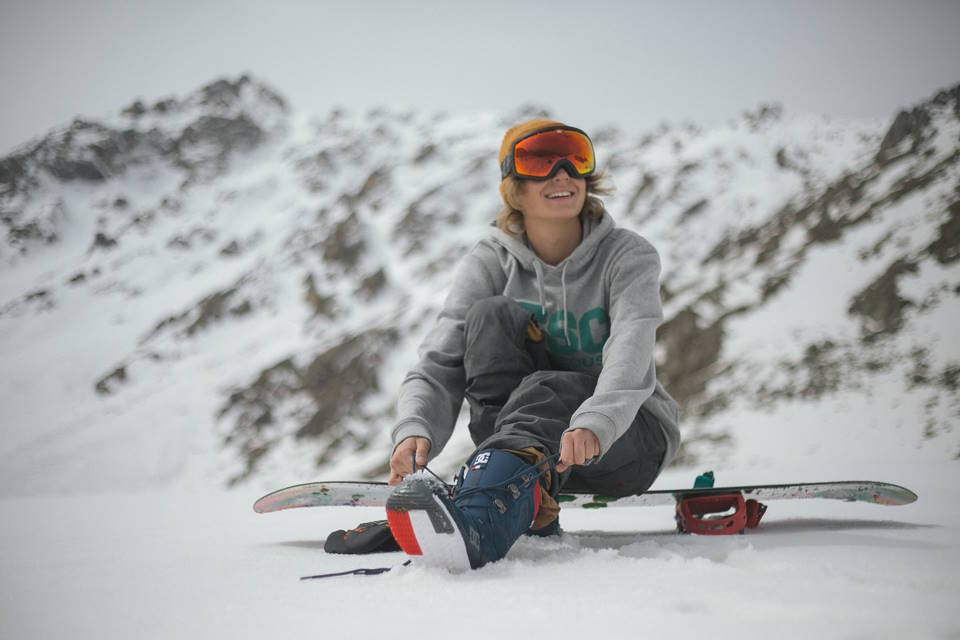
When it comes to snowboarding, choosing the right board can make all the difference in your performance on the slopes. One important aspect to consider is the profile of the board, specifically whether it has a camber or rocker profile. Both profiles have their strengths and weaknesses, and understanding the differences between them can help you make an informed decision.
Camber Profile:
The camber profile is the traditional shape for snowboards. It features a slight upward curve in the middle of the board, with the contact points near the tip and tail touching the ground. This creates a raised center, making the board more responsive and providing excellent edge hold. The camber profile is well-suited for riders who prefer high-speed and aggressive riding, as it offers increased pop and stability.
Rocker Profile:
On the other hand, the rocker profile, also known as reverse camber or banana profile, is characterized by a curve that pans from the tip to the tail of the board. This shape results in raised contact points near the center, giving the board a surf-like feel. Rocker boards are great for riders who prioritize maneuverability and forgiveness. They excel in powder, as the curved shape helps to keep the board afloat and prevents nose diving.
Comparison:
Now that we’ve covered the basic characteristics of both camber and rocker profiles, let’s delve into the comparison. Each profile has its strengths and weaknesses, so it ultimately depends on your riding style and preferences.
For riders who enjoy carving and aggressive turns, the camber profile is the way to go. Its raised center provides stability and control, allowing you to maintain speed and edge hold even on icy or hard-packed terrain. The camber profile also offers better pop and response, making it ideal for freestyle and park riding.
On the other hand, if you’re more into freeriding, powder runs, or simply want a board that’s easy to maneuver, the rocker profile might be your best bet. Its curved shape makes it incredibly forgiving and prevents catching edges, which can be a lifesaver for beginners or riders exploring softer snow conditions. The rocker profile is also a great choice for park riders who enjoy buttering tricks, as it allows for easier press and buttering tricks on boxes and rails.
In conclusion, choosing between camber and rocker profiles ultimately depends on your preferred riding style and the type of terrain you plan to tackle. Understanding the differences and advantages of each profile will help you make an informed decision when selecting your next snowboard. So, whether you’re seeking speed and stability or maneuverability and forgiveness, make sure to give careful consideration to the camber versus rocker debate.

